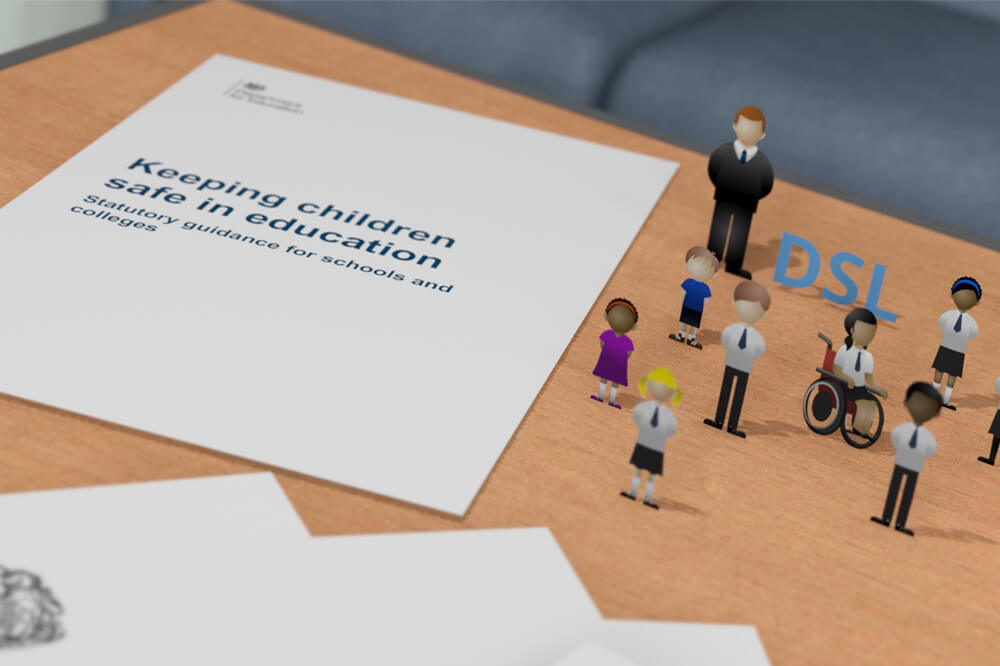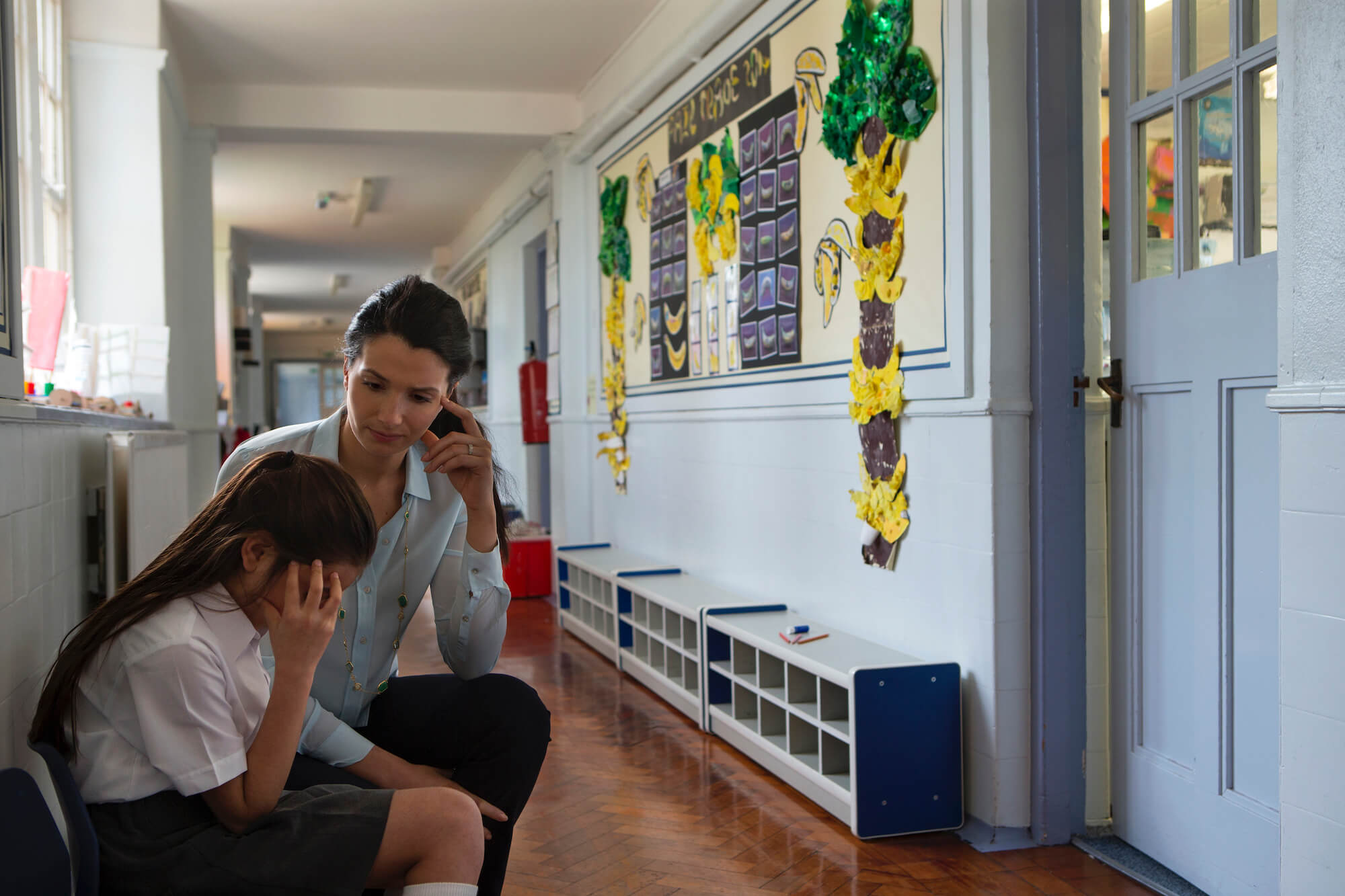KCSIE 2020 - What’s new?

What is Keeping children safe in education (KCSIE)?
Keeping children safe in education (KCSIE) is the key document to guide all educational settings in safeguarding children and young people. Authored by the Department for Education (DFE), KCSIE details statutory guidance on safeguarding. It provides a framework of the legal duties for governance and leadership to enable them to ensure best practice and the safety of children, young people and staff. The document is reviewed by HM Government annually to ensure new and emerging safeguarding themes are included and that the current guidance reflects any changes or redefinitions of subject topics e.g. the term Honour Based Violence has been changed to Honour Based Abuse to reflect that this type of abuse can occur without violent acts.
Background to the changes
Initially this year there were extensive plans to amend the content of the 2019 version of KCSIE. In particular there were plans to extend and redefine the role of Designated Safeguarding Leads and their deputies. At the start of the year, HM Government opened two consultations on the planned proposals however, due to the major impact of the global Covid-19 pandemic, both consultations were suspended. The ongoing impact of the pandemic, particularly on educational settings, meant that reopening the consultations has not been possible, so for this year the changes to the substantive document have been limited.
Are the KCSIE 2020 changes important?
Although limited from the proposed revisions, any change to KCSIE promotes a sense, quite rightly, of urgency for those charged with the duties of governance and senior leadership. We need to ensure all statutory measures are reflected in our policies and continue to be met, that staff are prepared to carry out their duties effectively within expected guidelines and most importantly that practice keeps children, young people and staff safe.
What changes have been made in the 2020 version of KCSIE
So, what are the key changes in KCSIE 2020? Although subtle, both KCSIE Part one and Annex A have been modified and therefore must be issued to all staff. This can be done and tracked through our document tracker where we have uploaded these sections of the guidance for your convenience.
What has changed?
What is new?
What is due to change?

KCSIE 2020- thematic topics
Users of our safeguarding training suite will know there are a whole range of extended safeguarding thematic topics. For example:
- Female Genital Mutilation (FGM)
- Child Sexual Exploitation (CSE)
- County Lines
- Forced Marriage
- Honour Based Abuse (HBA)
- Serious violence
- Domestic abuse.
In the main in this edition of KCSIE there has been a focus on redefining and extending the majority of these thematic topics, including a new addition which recognises Child Criminal Exploitation (CCE) as a form of abuse with a new definition added to Annexe A along with bespoke indicators.
KCSIE 2020- mental health
Most importantly the new guidance raises our awareness on how mental health problems may be an indicator of a child suffering, or at risk of suffering, abuse. The guidance does not expect staff to be mental health professionals however, it clearly states they should have the skills to recognise when behaviour may suggest a child may be experiencing, or is at risk of developing, a mental health problem. As a baseline those managing safeguarding must ensure all staff have access to and are aware of the content within the DFE guidance Mental health and behaviour in schools. Just a word of caution here though- this document has not been revised and so, whilst useful to set out baseline standards, it doesn’t reflect the latest research on the subject. For most settings this will mean further CPD training on child mental health and is why we have extended our safeguarding topics to include a new course on this subject available early October.
KCSIE 2020- changes affecting personal information and data handling
Thankfully KCSIE 2020 also provides further clarification on GDPR and withholding information, something I’m regularly asked about. Fears about sharing information must not be allowed to stand in the way of the need to safeguard and promote the welfare and protect the safety of children however, staff must be confident of the ‘processing conditions’- that is The conditions that allow the sharing of sensitive and personal information for safeguarding purposes. You can find a link to the Data protection toolkit for schools which is now included within Part two of the guidance.
KCSIE 2020- Children at greater risk
I’m particularly pleased to see the addition of children who have a social worker being specifically recognised as being potentially at greater risk of harm. This latest version sets out details on how best to support such children and those within or who have left the care system.
New addition to KCSIE 2020- 'transferable risk'
This version also provides clarity on how settings should manage allegations of abuse made against supply teachers who do not fall under the terms of the setting’s disciplinary procedures together with closing the loophole on ‘transferable risk.’ Transferable risk covers behaviour of staff or volunteers outside the setting that could impact on their suitability to work with children e.g. domestic abuse.
Due to change- Domestic Abuse
As you will be aware The Domestic Abuse Bill is currently making passage through The House of Lords so, although its content is not featured in this revision of KCSIE, it will be essential to update your policies and protocols for practice when the act gains royal assent. We will of course keep you informed through our notification system.
What to do now?
So, these are a few of the headline changes to / revisions within KCSIE 2020. All the new revisions will of course feature throughout the existing SSS Learning suite of courses but to enable staff update training we have also released a separate short KCSIE 2020 course covering all the key changes. Now available, this can be issued in the usual way to ensure all staff are informed of the key revisions. In addition to tracking each individual’s access to the course I’d also recommend, as detailed previously, using our document tracker facility to reissue Part 1, Annexe A and any of your updated bespoke policies. That way you can track access, be assured that the annual CPD requirement is met and best practice maintained.
SSS Learning Safeguarding Director
28 July 2020